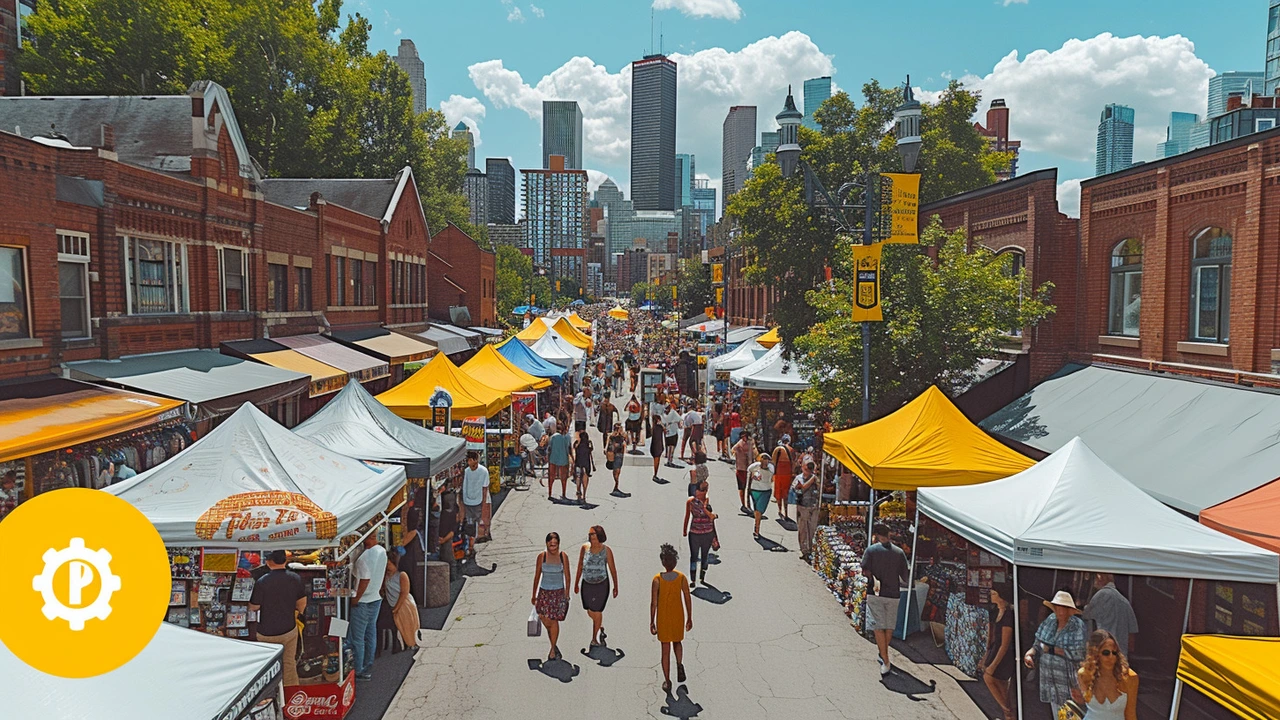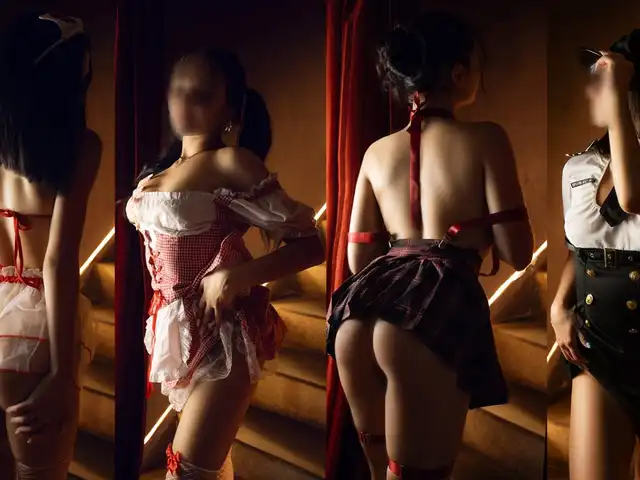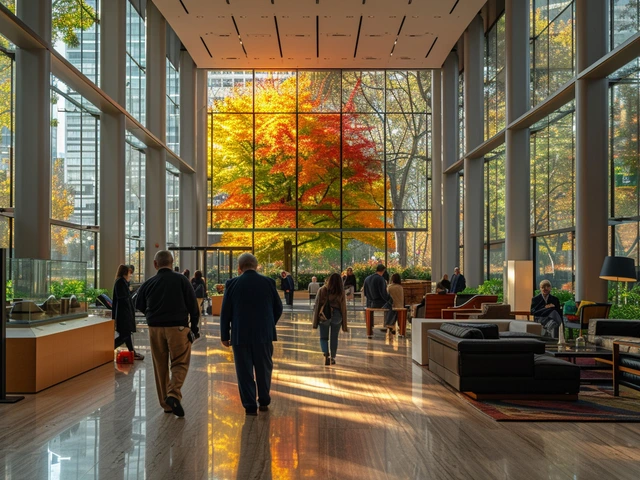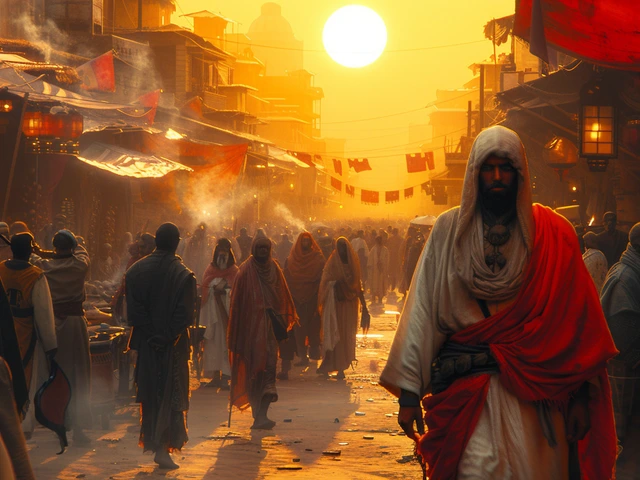The Transformation of Contemporary Art Through Technology
Once while I was sitting with Isla having a casual chat, we started to discuss the undeniable impact of technology on contemporary art. Technology has become the backbone of today's communication and has influenced every aspect of our lives, including art. It has moulded the representation, production, and dissemination of contemporary art, greatly transforming the art scene. Nowadays, we see digital art and virtual reality experiences springing up at exhibitions. There's even an increasingly popular genre known as New Media Art! It has indeed become evident that the fusion of art and technology has not only made the field more progressive but also vastly dynamic.
Artificial Intelligence: The New Muse for Artists
Artificial Intelligence has been making headlines for its role in contemporary art. One cannot overlook the intriguing collaboration between human artists and their new AI companions. These new 'artists' can analyze patterns and trends in art history and create unique artworks. They can even mimic the styles of such legends as Pablo Picasso or Vincent Van Gogh! The question now is whether artificial intelligence is an artist or just a tool for artists? This is a hot topic of debate within the art community, and certainly a notable trend to follow.
The Bold and Beautiful: Social Issues in Contemporary Art
Emails, Zoom meetings, and social media are now integral to our lives. So it is no surprise that social issues are making their way into contemporary artwork. Artists are using their work as an outlet to address societal problems such as racism, gender discrimination, climate change, privacy issues, and more. This wave of socially conscious art is a notable trend in contemporary art. It's interesting to see art being leveraged to propagate change, highlighting how deeply our daily lives and socio-political scenarios impact the art ecosystem. For example, we all remember the vibrant street art that sprung up amidst the Black Lives Matter movement, don't we?
Art Marketing: Embracing the Digital Culture
The internet has revolutionized how art is marketed; galleries are now competing with Instagram, Etsy and other online platforms. This digital takeover is a significant paradigm shift in the art world. These digital platforms offer artists a broader reach, allowing them to display their artwork to a global audience at little cost. It's fascinating to see how this digital culture is changing the way art is perceived, enjoyed, and purchased. But it's also important to note that this has resulted in greater competition among artists as well.
Virtual Reality: Stepping Into a New Dimension
The line between the physical and virtual worlds is no longer bold but has blurred, gradually transforming into a haze. Another trend causing ripples in the contemporary art world is virtual reality (VR). VR is allowing artists to express their creativity in a whole new dimension, leading to immersive artistic experiences. Can you imagine walking through a starry night painted by Van Gogh? With VR and art collaboration, it's possible!
Rise of Multidisciplinary Art
No longer confined to traditional mediums, contemporary artists are becoming increasingly experimental, borrowing from various disciplines and coming up with cross-genre artwork. From the use of scientific methodologies to incorporating music and literature, multidisciplinary art is gaining traction. More interestingly, artists are now blurring the boundaries between high art (like paintings and sculptures) and low art (like comic books and graffiti). This amalgamation of distinct areas within a singular artwork is indeed a refreshing take in the art scene.
Resurgence of Traditional Techniques in a New Avatar
Delving into my personal nostalgia, I remember my trip to a local East London art exhibition a few years back, where I saw an artist using traditional calligraphy and mixing it with graffiti. The sight was stunning! It was a perfect example of how traditional techniques are being revived but in a contemporary style. Artists are now revisiting conventional techniques like impressionism, still life, pointillism, and folk art and fusing them with modern concepts, giving birth to a whole new style.
In essence, the future of contemporary art is evolving and unpredictable, but one thing is sure - it will continue to mirror our changing society, using varied mediums to tell its tales. With technology and creativity at its helm, it's set to offer us a fascinating ride!



